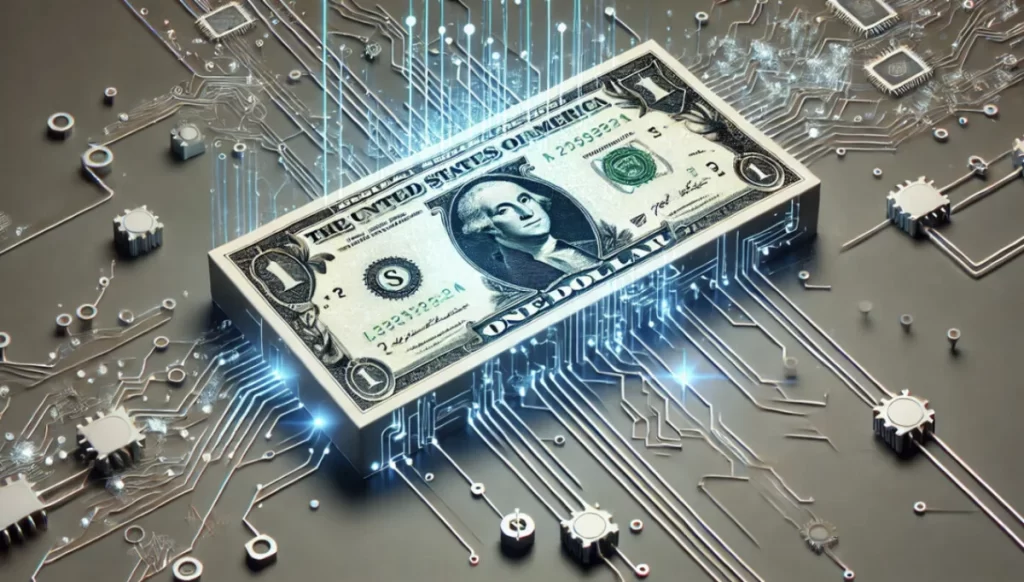
Every dollar has two values – the nominal value printed on its face and the real value determined by its purchasing power. The real value is the only metric that counts. Based on data from the US Bureau of Labor Statistics (BLS), the purchasing power of $1 in 2022 was 92.6% of the equivalent of $1 in 2021.
In other words, your dollar in 2022 bought the equivalent of $0.93 for any goods or services consumed during the previous year.
A much more striking revelation is that between 2010 and 2021, the nominal US median household income jumped from $49,276 to $70,784. This represents a 43.6% rise in nominal value. Unfortunately, when adjusted for inflation, it amounts to less than a 16% increase in real median household income.
Micro Measures to Combat Runaway Prices
There are many ways for businesses to work together to combat runaway prices. These typically focus on specific sectors of the market. By targeting demand/supply dynamics, businesses can also help to mitigate price increases with consumer goods or in particular industries.
Various measures exist, notable among them subsidies to reduce production costs, government-imposed price ceilings for essential goods and services, trade liberalization, and infrastructure investment.
These broad-based measures require government involvement at some level. However, other ways of ensuring lower costs for consumers utilize technology to great effect. A smart money savings system like a cash back app presents far-reaching benefits for stakeholders up and down the value chain.
For businesses, such tech marvels engender trust in the community, consistent ROI, steady cash flow, transparency of operations, and greater choice for consumers.
For example, a cashback app featuring thousands of registered businesses (perhaps grocery stores, restaurants, and gas stations) offers consumers plenty of choices based on the prevailing rewards system. Plus, customers can earn twice the benefits by using rewards credit cards in addition to cashback apps.
Since customers don’t have to do anything different regarding buying patterns, it’s business as usual with the attendant benefits. These benefits come in the way of cash back rewards. A shopper may be in the market for more affordable grocery store items or food from a restaurant. With all the price rises currently working their way through the economy, shoppers face decreased real purchasing power.
A cashback system is one way to arrest the runaway growth in sharp price rises. Such practices are commonplace with companies, but now they are possible with tens of thousands of businesses partnered with the same rewards system.
Adjustments through Social Security Payments and SSI
*Source: SSA.gov COLA
Slow growth in nominal wages/salaries presents many challenges to consumers, particularly those who have not enjoyed a sustainable increase in real income growth over the years. For example, households with flat or modest earnings will suffer immeasurably over time, given the inflationary pressures.
US Social Security features a concept known as COLA – the cost of living adjustments for Social Security payments. Based on data from SSA.gov, the latest COLA figure is 3.2% for both SSI and Social Security payments. Partially based on the CPI for Urban wage earners/clerical workers, COLA is computed with a base year and an adjustment.
These measures are put in place to keep up with the erosive effects of inflation on consistent payments received by individuals. While beneficial, this proves insufficient when evaluated in the context of broader economic pressures.
What are the Government’s Plans to Reduce Inflation?
Source: CPI US Bureau of Labor Statistics
The current inflation rate is 2.9%. While seemingly low, this rate is off a high base from 2023, 2022, and 2021. To get a better picture of the impact of inflation, one must look at the cumulative effect of price rises over time.
Currently, the US economy is experiencing the lowest annual inflation rate since March 2021, but again, it comes at a time of crippling inflation worldwide. Put into perspective, prices remain 20.9% higher than pre-pandemic levels of February 2020, which is a conservative estimate.
Unfortunately, once prices start rising, they tend to stay at elevated levels. Decreasing overall prices hardly ever takes place. We are witnessing a slower rate of price increases in 2024, not a decline towards pre-pandemic levels. Interest rates are likely to come down, to arrest the runaway growth of inflation.
When the Fed implements monetary policies to that effect, borrowing becomes more affordable. The higher the interest rate, the quicker inflation gets under control. When inflation begins decreasing towards the 2% benchmark, interest rates can come down too.